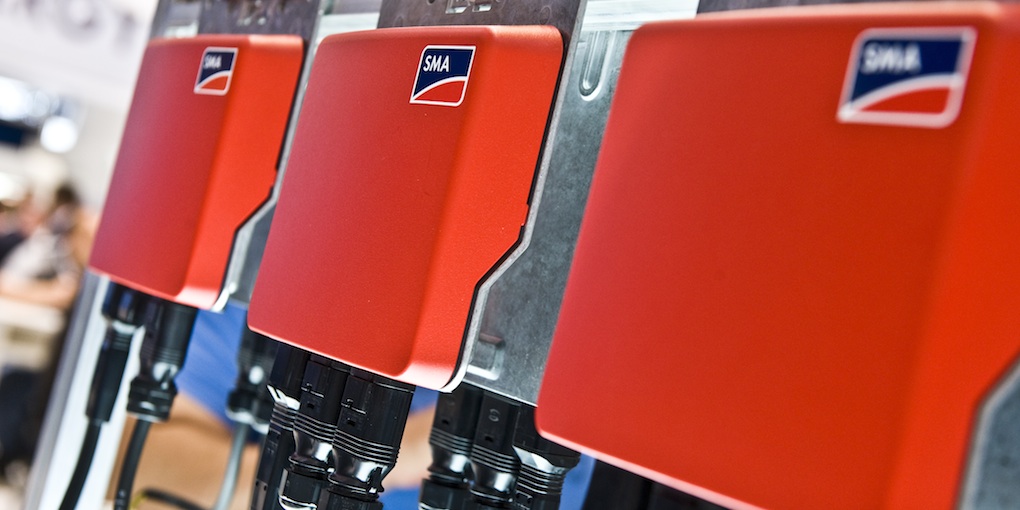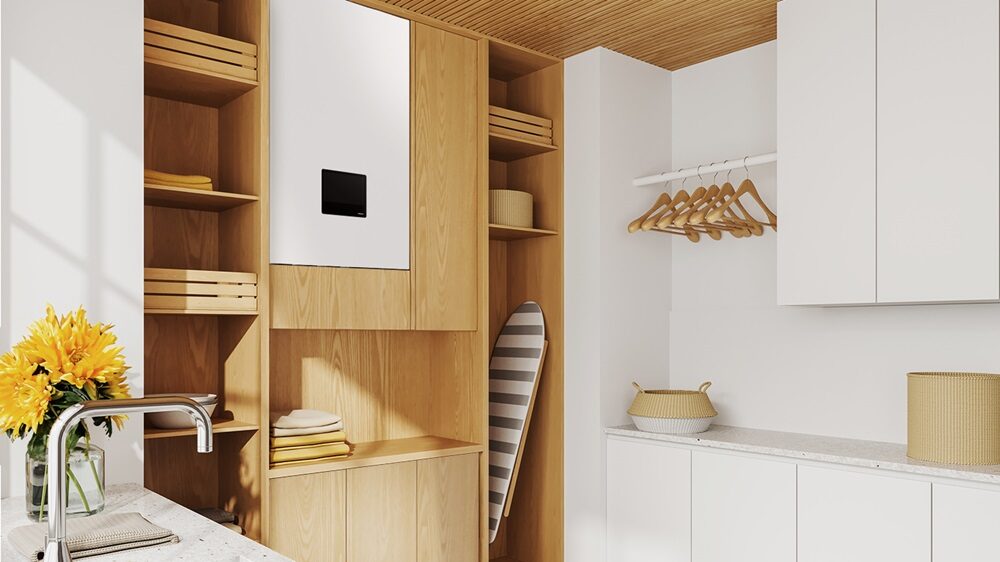While the main motivation for installing a residential battery storage system is to maximise the self consumption from a rooftop PV system, it’s expected by most that it would also supply the home with power in the event of a blackout. Unfortunately, not all power electronics solution are created equal – in this respect.
In a recent pv magazine Australia webinar, SMA experts Aleksandra-Sasa Bukvic-Schäfer, Senior Expert Battery Technology, and Michael Ebel, Senior Technical Consultant, explained in detail the difference between emergency power and what SMA terms ‘full home backup’.
Discussing the possibilities in the Australian residential market, the SMA experts elaborated on automatic switching into island mode, battery inverters with overload capabilities, optional load shedding mechanisms, supplying power to all three-phases and usage of the PV system during power outages.
These topics triggered a number of questions and here is how webinar experts have responded to a selection of the most interesting ones:
Q: During the webinar you mentioned the switching from on-grid to off-grid mode if the grid fails. How fast can and must that be?
A: There is no general answer for all systems that are available on the market. In case of the systems provided by SMA the interruption time is approx. 5 sec. The main reason behind it is to allow a PV inverter (from SMA or from other manufacturers) to disconnect in appropriate manner from the grid due to the anti-islanding of the inverter.
Q: With the current cost of rooftop PV, a lot of people are asking for a full off-grid system. What kind of system capacities and requirements do they need?
A: The sizing of an off-grid system requires the analysis of loads, information how big the PV system can be (typically oversized in order to supply the loads during the day and fully charge the battery) and if an external generator (or grid) is available. SMA offers a sizing tool. Sunny Design gives the possibility to perform sizing of the off-grid system according to the customer’s needs. As mentioned in our webinar the overload capability is an important issue in such a kind of system and this is not only valid for the battery inverter, but also for the battery itself. In case of usage of the lI-Ion battery, please check if the battery allows for the overload.
A full off-grid system is actually the ideal use case for the Sunny Island Product Family. The list of the approved batteries is also available on our website – http://files.sma.de/dl/7910/SI_LiIon-TI-en-38.pdf
Q: Which network communications protocols are supported and used by the Sunny Island range and which batteries are compatible?
A: The Sunny Island supports Speedwire based on Ethernet – Modbus / TCP IP (multicast/ IGMP). The communication interface to the battery is CAN based and used for all batteries having a dedicated BMS (all technologies except Lead Acid)
Our approved batteries for Sunny Island applications are to be found in our “Batteries in Sunny Island Systems – List of approved batteries” – http://files.sma.de/dl/7910/SI_LiIon-TI-en-38.pdf
Q: During the webinar, you spoke a lot about single and three-phase coupling. You mentioned the phase coupling would only work if all loads were single phase, even if on different circuits. I can’t see how this would work if there was a three-phase motor on the circuit?
A: That is right! A real three-phase load could not be supplied. We‘ve stated that in general 99% of all loads in a dwelling could be further supplied.
Q: Why has SMA chosen not to utilize DC coupling with battery storage as it increases the efficiency of the direct charging from rooftop PV?
A: The discussion on efficiency was very intense in Germany and led to the publication of the efficiency guideline for PV storage systems. The results of the tests which were performed according to this guideline are proving that there is no general answer to the question whether DC is more efficient than AC. It depends on the DC-Topology: Especially, if DC-coupled systems are working in combination with low-voltage batteries, they have in general more conversion steps than AC-coupled systems which results in lower efficiency compared to AC-coupling
Q: There are some 3-phase hybrid inverter on the market which can cope with asymmetrical loads. How does this compare with the SMA solution?
A: There are some inverters that have this feature incorporated, however a closer look is needed in terms of how big the asymmetric load can be – most of them have some restrictions.
Compared to the phase coupling solution offered by SMA the available asymmetric power on each phase can be lower than the power provided by Sunny Boy Storage no matter on which phase the load is connected.
Q: During the webinar you reported the 3-phase loads were rare in a normal household. What could be the examples of 3-phase loads?
A: Typically most of the loads are single phase but in case of larger loads such as bigger air-conditioning systems, heat pumps or circular saws, the load might be 3-phase.
Watch this space for more information on pv magazine webinars.
This content is protected by copyright and may not be reused. If you want to cooperate with us and would like to reuse some of our content, please contact: editors@pv-magazine.com.




1 comment
By submitting this form you agree to pv magazine using your data for the purposes of publishing your comment.
Your personal data will only be disclosed or otherwise transmitted to third parties for the purposes of spam filtering or if this is necessary for technical maintenance of the website. Any other transfer to third parties will not take place unless this is justified on the basis of applicable data protection regulations or if pv magazine is legally obliged to do so.
You may revoke this consent at any time with effect for the future, in which case your personal data will be deleted immediately. Otherwise, your data will be deleted if pv magazine has processed your request or the purpose of data storage is fulfilled.
Further information on data privacy can be found in our Data Protection Policy.